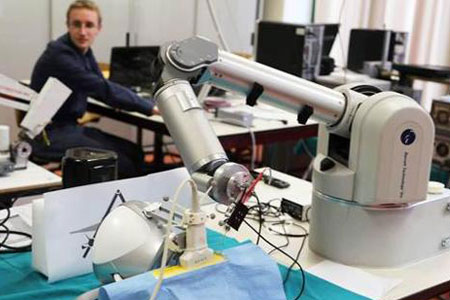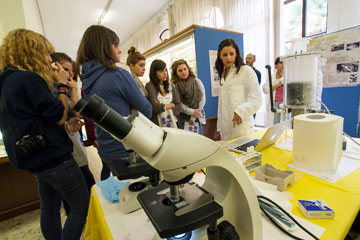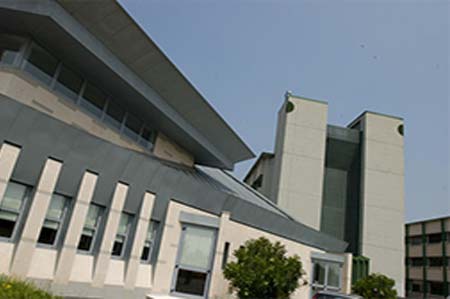Currently, the dexterity of active hand prosthetics is hindered due to
limitations in interfaces. How is an amputee supposed to command the
prosthesis what to do (i.e., how to grasp an object) and with what force
(i.e., holding a hammer or grasping an egg)? In this talk I address the
issue by applying machine learning to the problem of regression from
surface forearm EMG to the force a subject is applying. A detailed
comparative analysis among three different machine learning approaches
reveals that the apporach, as a whole, is viable.
More applications of machine learning to grasping and reaching will be
shown, among which prediction of grasping postures and of the user's
intention to grasp.







